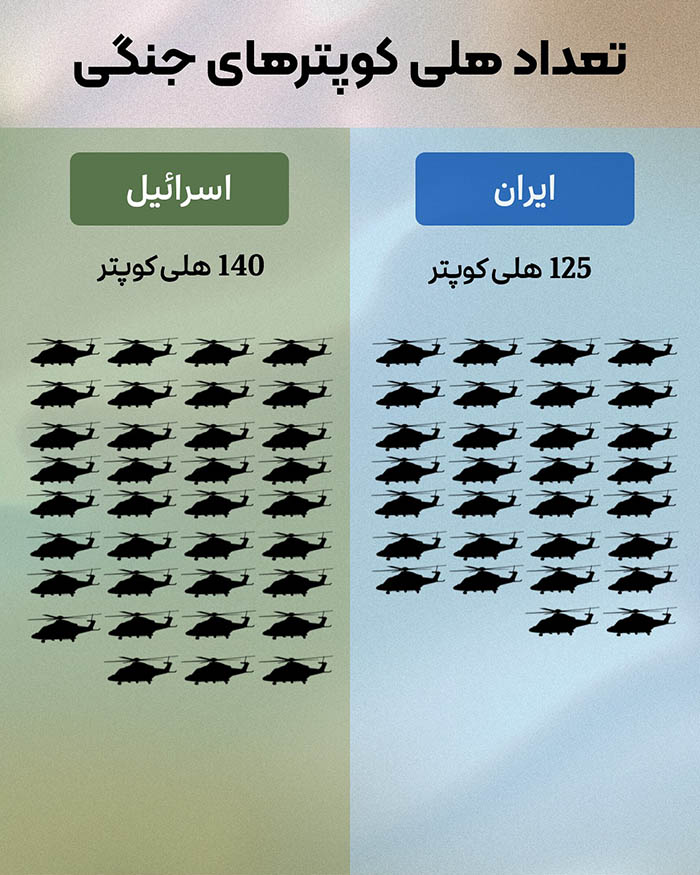Israel vs Iran Military Power 2025: A Strategic Analysis Amid Rising Middle East Tensions

Iranian Military Capabilities in 2025
Structure and Strategic Focus
Iran’s military forces are divided into:
- The Islamic Republic of Iran Army (Artesh): Approximately 600,000 active personnel responsible for conventional land, sea, and air operations.
- The Islamic Revolutionary Guard Corps (IRGC): An elite force with around 200,000 troops specializing in asymmetric warfare, missile technology, cyber operations, and proxy support.
This dual-structure enables Iran to pursue a hybrid strategy that combines traditional military power with unconventional tactics.
Equipment and Technological Development
Iran’s military hardware is a mixture of outdated Soviet-era equipment, U.S. hardware acquired before 1979, and recent Russian and indigenous advancements:
- Air Force: Around 350 aging aircraft, primarily Russian Su-24s, MiG-29s, and domestically produced drones.
- Ballistic Missiles: An extensive arsenal including Shahab, Fateh, Zelzal, and Khorramshahr missiles capable of reaching regional targets.
- Unmanned Aerial Vehicles (UAVs): Iran has become a global leader in UAV production, with the Shahed series used extensively in Ukraine and the Middle East.
- Naval Power: Iran maintains a fleet of approximately 100 vessels, including submarines, fast attack craft, and missile-equipped ships, emphasizing asymmetric naval warfare.
Nuclear Program and Strategic Threats
Iran’s nuclear program has made significant progress, with enriched uranium levels nearing weapons-grade. While Iran has not officially declared nuclear weapons development, intelligence suggests it could produce nuclear weapons within months if it chooses to do so. Israel perceives this as an existential threat, actively working to prevent Iran from weaponizing its nuclear capacity.
Proxy Warfare and Asymmetric Tactics
Iran’s support for proxy groups remains a cornerstone of its regional strategy:
- Hezbollah: Maintains a large arsenal of missiles and fighters in Lebanon.
- Hamas: Continues to engage in conflict with Israel from Gaza.
- Houthi Rebels: Conduct missile and drone attacks in Yemen, threatening Saudi Arabia and the UAE.
These proxy networks extend Iran’s influence and create multiple fronts for Israeli and U.S. military responses.
Vulnerabilities and Challenges
Iran faces several vulnerabilities:
- Aging military hardware reduces combat effectiveness.
- Air defense weaknesses make it susceptible to precision strikes.
- Leadership vulnerabilities due to targeted assassinations and strikes on military and nuclear scientists.
- Economic sanctions hamper military procurement and technological advancement.




